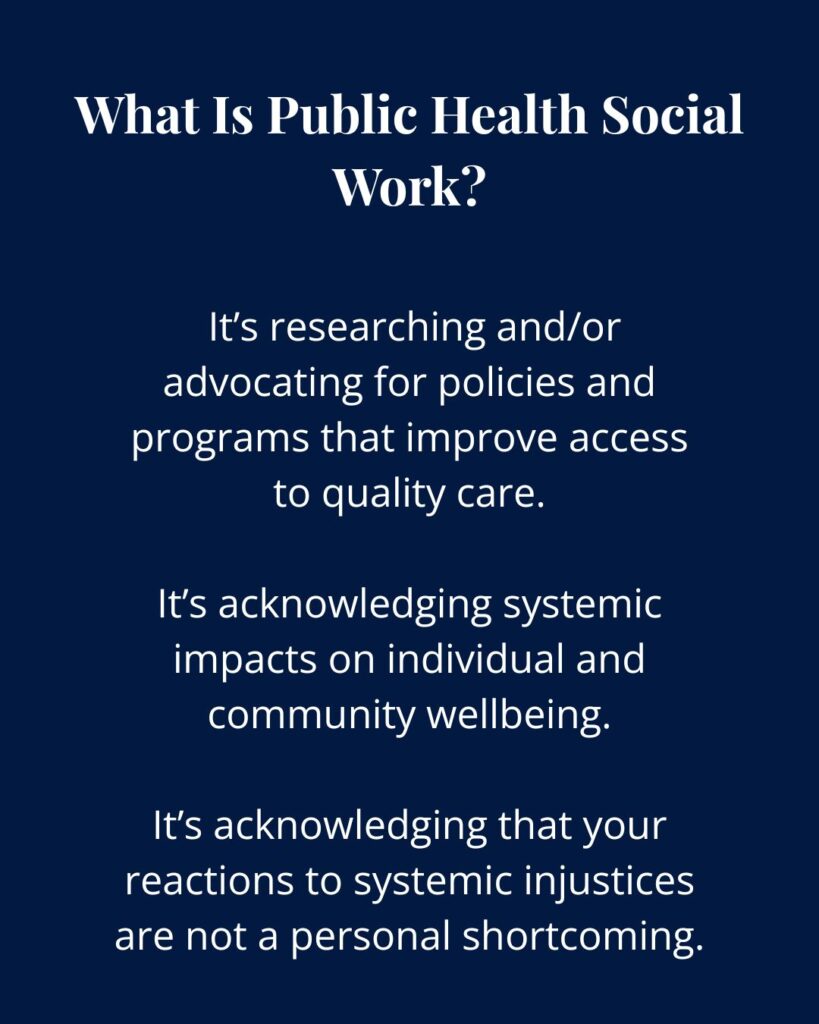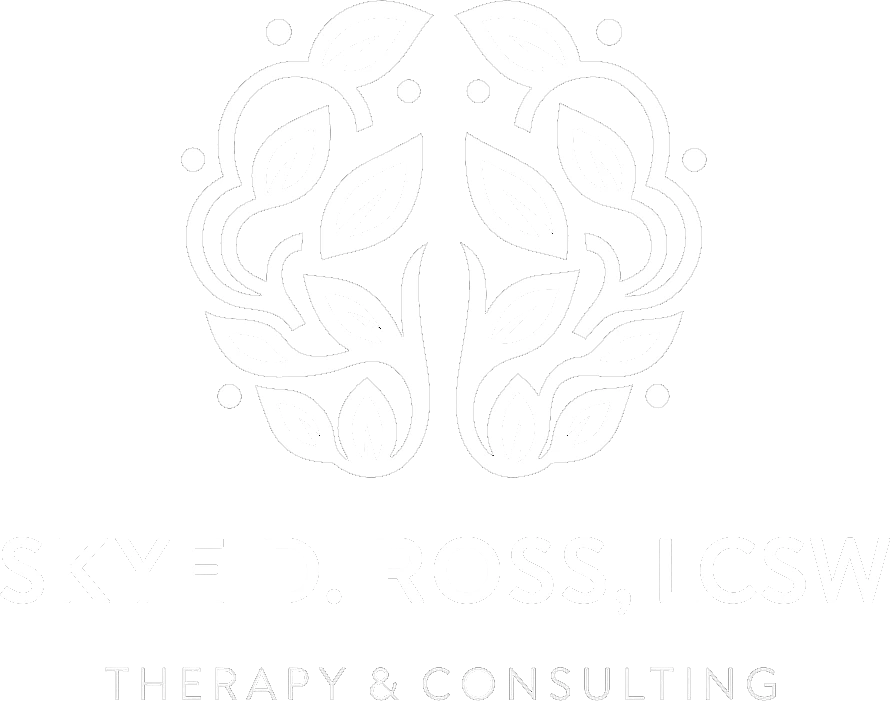As a public health social worker, I am deeply disturbed by the August attack on the Centers for Disease Control. I was saddened by the shooting and I’m angry at the minimal news coverage. The government’s attacks on public health created a dearth of news stories when it should have been headline news. Conservatives began their attack on public health initiatives in 2020, just before public health workers arguably saved over 14 million lives by promoting COVID-19 vaccination. The media’s spreading misinformation about vaccine safety, among other things, has made communities less safe following this public health feat.
The shooting occurred on Friday, August 8 and I learned about it thanks to Your Local Epidemiologist’s newsletter on August 10. I receive what feels like a thousand “Breaking News” alerts from the New York Times each week, but did not receive a single one about this attack on a government agency. Nor did it appear in my Apple newsfeed. When I spoke with a colleague on August 20th, she still had not seen any news about this attack. This was an attempted mass shooting, with 500 rounds fired and the death of a police officer. The shooter died of a self-inflicted gunshot wound. In a normal news cycle, this would be a major story and instead it has been sidelined.

What Is Public Health?
I find that few people understand what public health is, so let’s start there.
The public health field focuses on improving health outcomes at the community and population level. While public health informs health care practice, not all providers are public health professionals. Public health professionals focus on identifying patterns of disease, preventing illness, promoting healthy behaviors, and addressing the social and environmental factors that shape well-being. It emphasizes prevention and policies that create safer, healthier environments.
At its core, public health is about collective action and creating more successful systems of care. Professionals in the field work across disciplines to reduce health disparities and improve quality of life. Whether responding to infectious disease outbreaks, addressing chronic illnesses like diabetes, or advocating for mental health resources, public health strives to create conditions in which all people can live healthier, longer lives. Some public health initiatives that improve our daily lives include hand washing, water sanitization, and seatbelt laws.

How do we know public health is under attack?
Public health is non-partisan, but policies that improve health outcomes generally lean progressive because they often require investing in infrastructure, which can be costly. Some public health initiatives, like socialized health insurance to expand access to care, are controversial. Others, like hand washing to prevent the spread of communicable diseases, are simpler to adopt. The erosion of trust in scientific institutions began the Trump administration’s handling of the COVID-19 pandemic has worsened under his and RFK Jr’s oversight in 2025.
Partisan messaging that impairs trust in public health as a field leads people to be less likely to adopt public health interventions and more likely to experience negative health consequences. We saw this with the disparity of health outcomes in conservative versus progressive states during the COVID-19 pandemic. Messaging that downplays the severity of diseases and efficacy of healthcare interventions and villainizes public health institutions has ultimately lead to the kind of violence that we witnessed earlier this month at the CDC.
I also want to name that there is a difference between a partisan disruption in public trust and mistrust that is rooted in systemic oppression and abuse. For example, Black communities have to keep in mind medical and research systems that abused them as non-consenting research subjects (see: The Tuskeegee Syphilis Study, Henrietta Lacks, and the forced sterilization of Black women due to eugenics and white supremacy). These abuses of medical systems resulted in extreme harm and understandably lead to the distrust of public health and medical initiatives for generations. This is different than anti-science, partisan messages that intend to erode public trust.
How do we move forward?
I want to use this space to reiterate what activists have been sharing across the internet and at protests. The primary goal is to build media literacy to reduce the impact of misinformation and rebuild public trust. When our leaders spread misinformation and attack our institutions, knowing how to identify falsehoods is the best way to combat them.
- Invest in public resources, like public radio and public broadcasting to improve access to information
- Know which sources still provide accurate information and share those resources widely within your communities
- If you’re concerned about the reliability or bias of your news sources, diversify: Try reading international papers on the same topics or a source known to have a different viewpoint from your own
- Check out The News Literacy Project for support with critically assessing your media
- Your Local Epidemiologist disseminates research-based public health information
- Be aware of common stereotypes so that you can dismiss them
- Connect with your community
